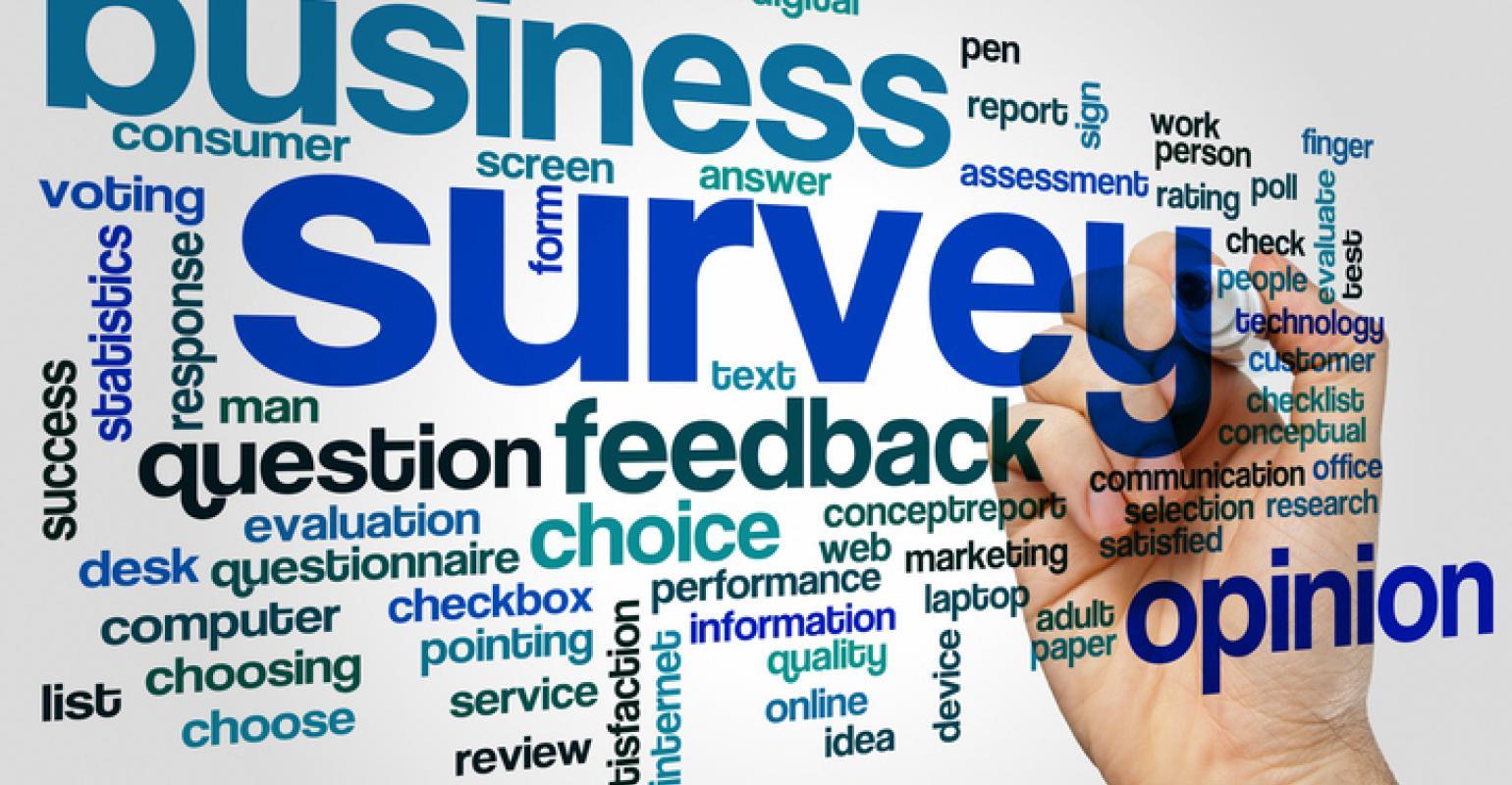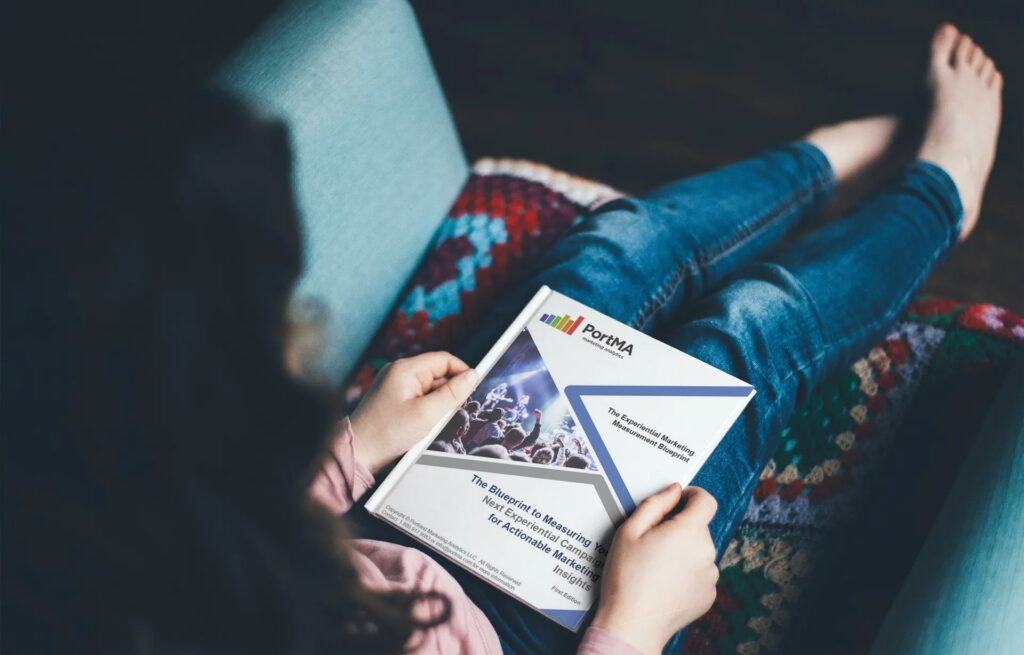
The on-site survey indicates the immediate effect of your experiential marketing campaign. But, what do you do when you want to showcase the long-term impact of a program through post-event research? Survey them again in the future, of course!
Design your post-event research
First, determine how the data will be collected. The fastest, easiest, and most cost-effective way is to send out an email blast. Other ways that we’ve seen post-event data collected are by direct mail and by phone. These two ways take a lot more time, are more expensive, and offer a much lower response rate. PortMA does not typically recommend them unless they are the only viable options.
That being said, let’s assume that email is the way the post-event research data will be collected. There are two common ways email addresses can be collected at the experiential marketing activation:
- As part of the registration process. Most programs have a short registration process before consumers participate in an experience.
- As part of the on-site survey process. A question may be added to the on-site survey that asks for email address.
Whichever method you use to collect email addresses, the law requires you to inform consumers that you plan to use their addresses to make contact with them in the future. They must provide their consent, or opt-in, to future communications from the team.
Following Up via Email
Next, determine when you plan to follow up. If your program is for a product or service that has a low commitment, such as buying a bottle of wine or tuning in to a television show, you can make contact with consumers as early as two to three weeks after an experience. If the product or service requires a higher commitment from the consumer, such as purchasing insurance, taking a vacation, or buying a car, give consumers a bit more time.
At PortMA, we don’t recommend collecting post-event data any earlier than two to three weeks or any later than six months after an experience. You may decide to reach out to registrants more than once. If you can’t decide between sooner or later, it may make the most sense to do both.
Incentivize Respondents
Last, determine how to entice consumers to participate in the post-event research initiative. You will need to collect enough data to draw actionable conclusions, which is 350 to 400 responses at minimum. We also recommend providing consumers with an incentive for participation. Money, gift cards, or coupons are common incentives.
At PortMA, we offer a drawing for a gift card, usually between $25 and $50. We find this is budget-friendly and provides a great response rate. The higher the perceived value of your incentive, the higher the response rate will be.
Get in touch with us!
The post-event research process is usually fairly simple. If you have questions about collecting post-event survey data to showcase the long-lasting value of your experiential marketing program to your client, to reach out to me or any of the other PortMA team members. We will be happy to help!

Additional Resources
FOR EXPERIENTIAL MARKETERS
- Experiential Measurement Blueprint
- Event Impression Calculator
- Experiential ROI Benchmarking Reports
- Event Measurement Video Tutorials
